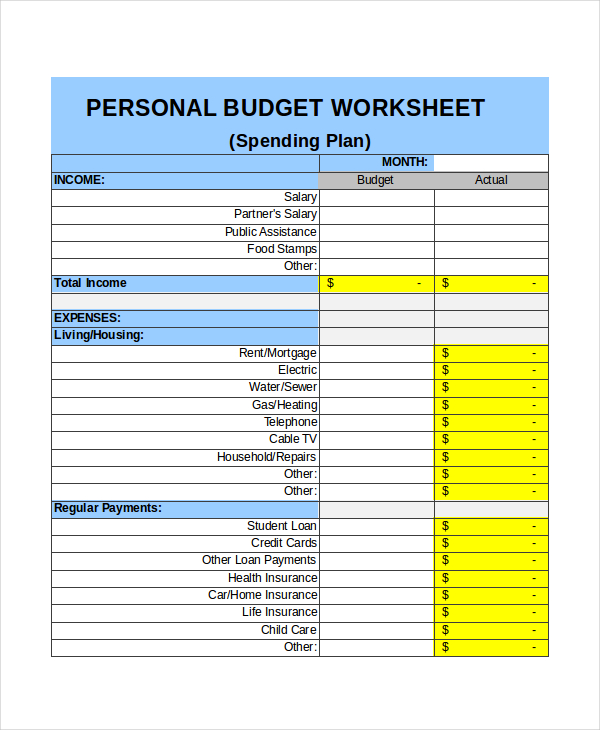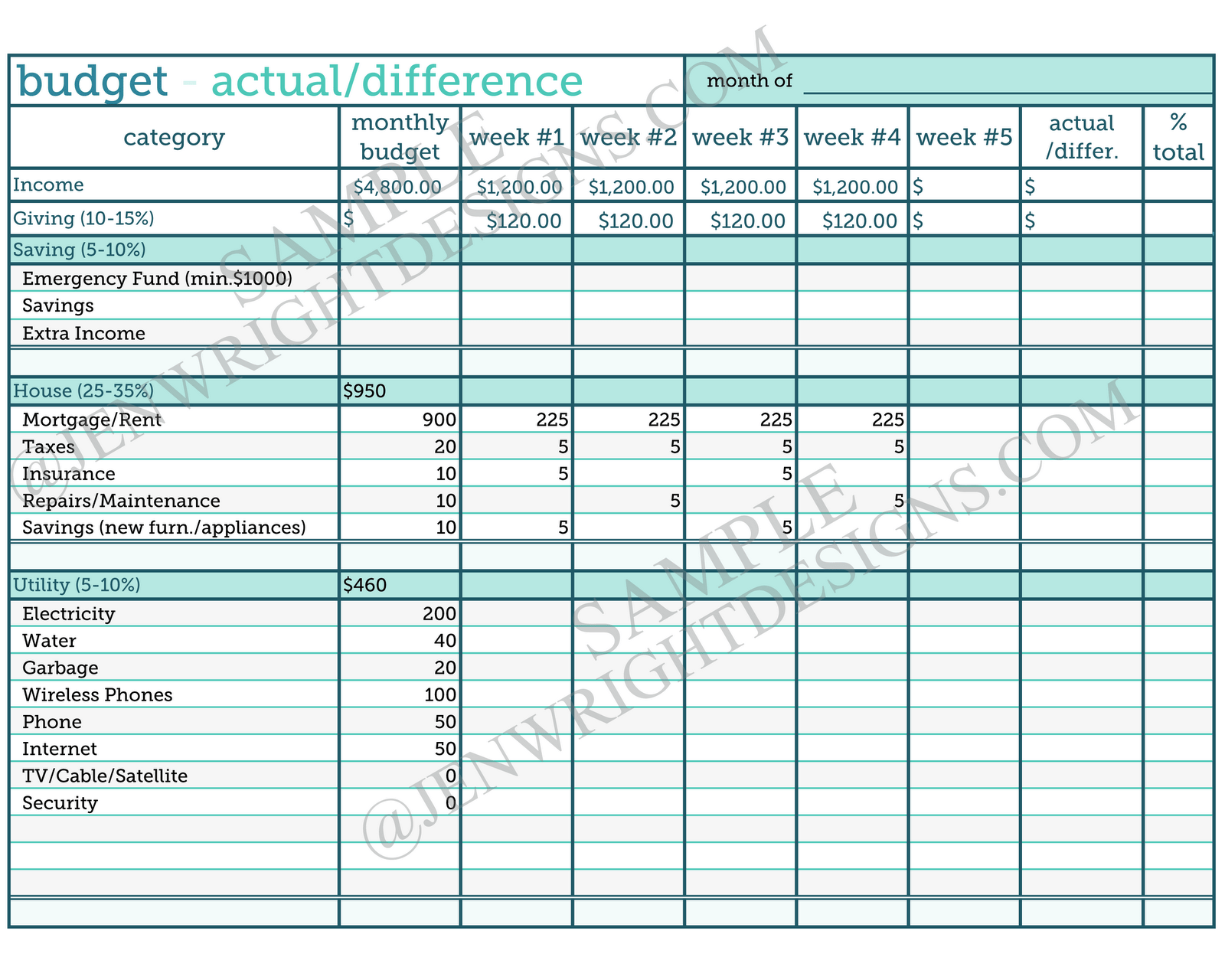

A few cents here or there won’t add up to a meaningful amount by the end of the year, so don’t sweat the small stuff. It’s not necessary to be exact, down to the penny. Sure, you may not capture every last expense doing it this way, but it’s 85% of the way there, which is good enough for now. The easiest way to get an idea of what you’ve spent where is to look at your credit card and banking statements. Limit this to the past couple of months to keep things simple. Look at your past spending and fill in all the average monthly dollar amounts for each category. To do this, you’re going to have to dive a little deeper.Fill in the costs and categories you haven’t yet accounted for.Fill in the dollar amounts you know offhand.Let’s walk through this step by step using the Conscious Spending Plan tab: Remember, the goal is a back-of-the-napkin plan here. Use the 85% solution instead (go for good enough, not perfect). They come up with 60 categories, then they have to maintain it and be ultra precise. IMPORTANT: The biggest mistake people make is OVER-COMPLICATING this. We’re talking only about bills and other fixed costs here.With your Conscious Spending Plan, we’re only working with take-home pay.


I also didn’t include taxes (you can search for “IRS withholding calculator” to double-check the amount of taxes your employer “withholds” from each paycheck to pay your taxes).I didn’t include “dining out” or “entertainment,” as those come out of the guilt-free spending category.At the end of the year, if I haven’t spent my “stupid mistakes” money, I save half and I spend the other half.)

That changed things quickly, and I currently save $200/month for unexpected expenses. Then, within two months, I had to go to the doctor for $600 and I got a traffic ticket for more than $100. One category I recommend is “stupid mistakes” or “unexpected expenses.” (When I first started, I saved $20/month for unexpected expenses. For example, maybe you don’t have debt to pay off, but you do have monthly expenses for your pets. If you see any glaring omissions of your major spending categories, add them. To find the answer, let’s walk through this step by step. You’d think it would be easy to figure this out, right? Ha! It turns out this is one of the toughest questions in personal finance. Before you can do anything else, you’ve got to figure out how much these add up to. A good rule of thumb is that fixed costs should be 50% to 60% of your take-home pay. Step 3: Calculate your fixed costsįixed costs are the amounts you must pay, like your rent/mortgage, utilities, cell phone, and student loans.
#Personal monthly budget template pdf how to
Now, let’s break down how to come up with your numbers for each category. Your spending doesn’t have to match these exactly, but I would be cautious about straying too far from these percentages. The percentages for each category outlined above are my recommended guidelines. You won't need to worry about your calculating skills when you use a budget template-focus your energy on saving and let a template do the rest.With easy-to-use templates, you'll save time and money year-round by creating beautiful custom cards.Vacations, gifts, house down payment, emergency fund, etc.ĭining out, drinks, movies, clothes, shoes, etc. Browse budget templates made for a range of uses, from regular monthly budgets to budgets focused on weddings, college, or saving for a home. By visualizing your expenses and financial goals, you'll be able to see exactly where your money goes. Whether you're managing the office budget of a small business or need to track your personal expenses, using a template makes it easier to stay organized. Monitor all of your home or business expenses accurately and decide what areas of your budget can be better managed. Simplify your monthly or weekly budgeting by using a free, customizable budget template. Reaching your financial goals takes careful planning and saving-using the right tools is the first step to budgeting effectively.


 0 kommentar(er)
0 kommentar(er)
